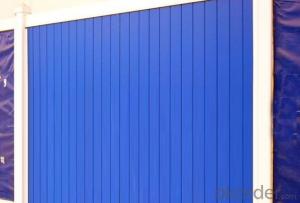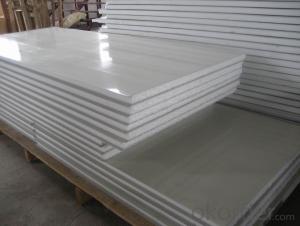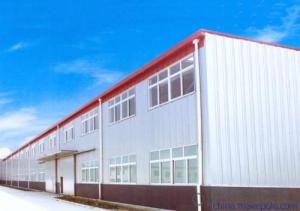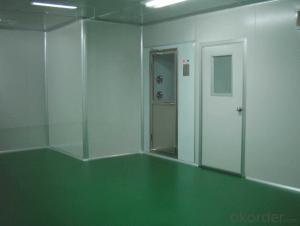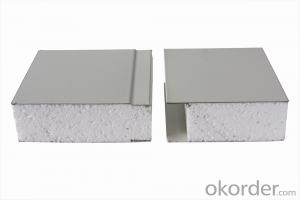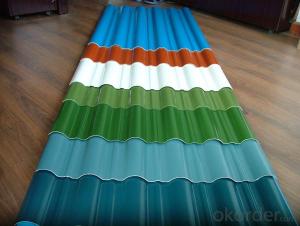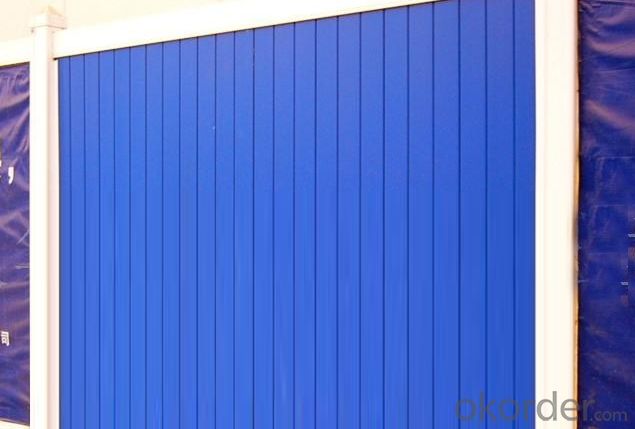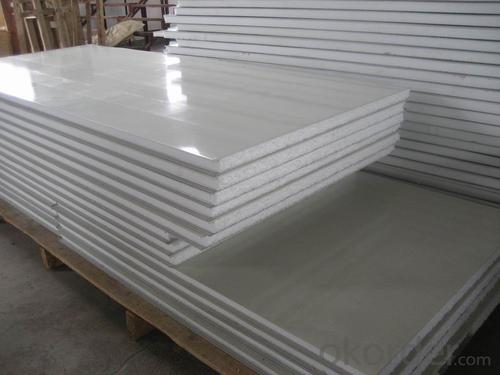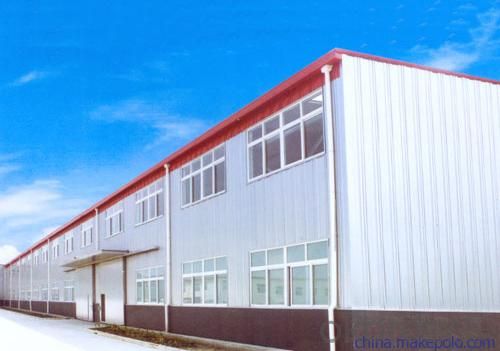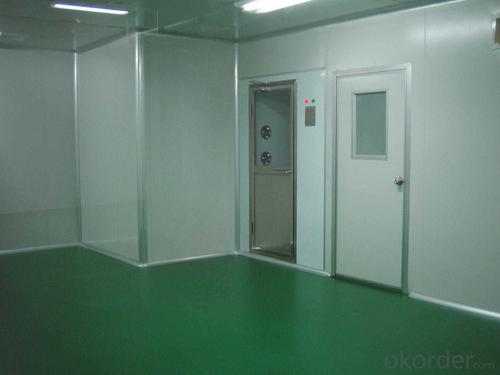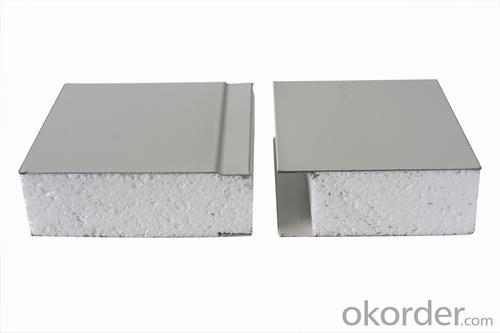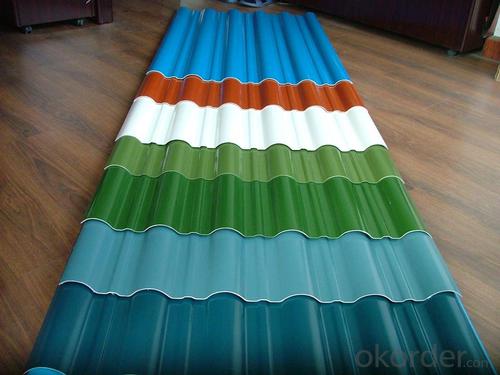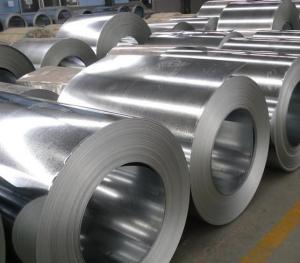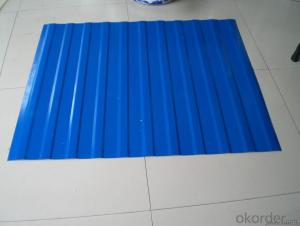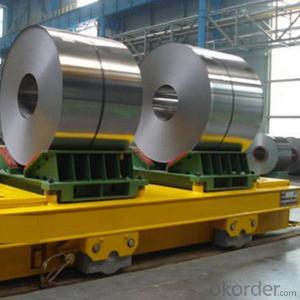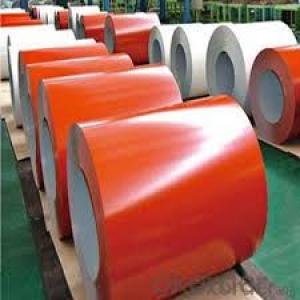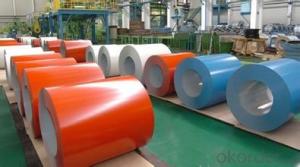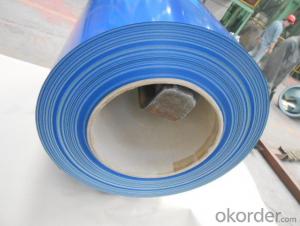PPGI steel coil/color coated steel coil
- Loading Port:
- China main port
- Payment Terms:
- TT OR LC
- Min Order Qty:
- 1 m.t.
- Supply Capability:
- 1 m.t./month
OKorder Service Pledge
Quality Product, Order Online Tracking, Timely Delivery
OKorder Financial Service
Credit Rating, Credit Services, Credit Purchasing
You Might Also Like
Quick Details
| Standard: | AISI,ASTM,BS,GB,JIS | Grade: | CGCC,CGCH | Thickness: | 0.15mm-0.80mm |
| Place of Origin: | Shandong China (Mainland) | Brand Name: | CNBM | Type: | Steel Coil |
| Technique: | Cold Rolled | Surface Treatment: | Coated | Application: | Ship Plate |
| Special Use: | High-strength Steel Plate | Width: | 1250mm or under | Length: | Coil |
Packaging & Delivery
| Packaging Detail: | Seaworthy standard export package |
| Delivery Detail: | According to the quantity u need |
Product Description
PPGI steel coil/color coated steel coil
- Q: What are the different types of steel surface finishes for coils?
- There are several types of steel surface finishes for coils, including mill finish, galvanized finish, coated finish, and polished finish. Mill finish refers to the natural, untreated surface of the steel, which may have slight imperfections. Galvanized finish involves coating the steel with a layer of zinc to enhance corrosion resistance. Coated finishes can include various types of coatings such as paint, epoxy, or polymer to provide protection and aesthetic appeal. Lastly, a polished finish involves buffing or grinding the steel surface to create a smooth, reflective appearance.
- Q: I am buying a knife for my future husband for his wedding gift and I was wondering what is better carbon steel or stainless steel?
- It depends on what your husband plans to do with the knife. In general, stainless steel knives are more resistant to rust and corrosion but carbon steel knives hold a sharp edge for longer. Those are only general statements, because high carbon knives can be coated to resist rust, and some high quality stainless steel knives can hold a great edge. There are many different metal alloys used for knives, and each one has its own properties. If I were you, I would buy a high carbon steel knife, unless you think your husband would use the knife under conditions that might make it rust (fishing or boating, for example).
- Q: What are the different methods of coil recoiling for steel coils?
- There are several methods of coil recoiling for steel coils, including slitting, rewinding, and recoiling. Slitting involves cutting the coil into narrower strips, while rewinding involves unwinding the coil and rewinding it onto a new spool. Recoiling, on the other hand, is the process of rewinding the coil onto the same spool. These methods allow for the customization of coil width and length to meet specific requirements and facilitate easier handling and transportation.
- Q: What is the role of steel coils in the production of pipes and tubes?
- Steel coils are essential in the production of pipes and tubes as they serve as the primary raw material. These coils are unwound and fed into a pipe or tube mill where they are shaped, welded, and formed into the desired dimensions. The high strength and durability of steel make it an ideal choice for manufacturing pipes and tubes, ensuring their structural integrity and ability to withstand various applications and environments.
- Q: ex: boat hull made out of steel
- Well our boat hulls have two types or primer, Red Lead, or a yellow colored paint I think it was zinc-chromate. And then, numerous coats of the grey (Navy) paint. US Navy, ABE5, USS Enterprise
- Q: How are steel coils measured?
- Steel coils are typically measured by their weight, length, width, and thickness. The weight is usually expressed in tons or kilograms, while the dimensions are measured in inches or millimeters.
- Q: How do steel coils affect the quality of finished products?
- Steel coils can greatly impact the quality of finished products in various industries. One of the key ways steel coils affect product quality is through their dimensional accuracy and consistency. When the steel coils are not properly manufactured or have irregular dimensions, it can lead to issues in the production process and result in finished products that do not meet the desired specifications. Furthermore, the surface quality of steel coils is critical in determining the final appearance and performance of the finished products. Coils with surface defects, such as scratches, rust, or unevenness, can negatively impact the aesthetic appeal of the products, making them less desirable to customers. Moreover, these defects can also affect the functionality and durability of the finished products, leading to potential failures or reduced lifespan. The mechanical properties of steel coils also play a vital role in determining the quality of finished products. Coils with inconsistent or inadequate mechanical properties can compromise the strength, toughness, and overall performance of the end products. For example, in industries such as automotive or construction, where strength and reliability are crucial, the use of steel coils with the wrong mechanical properties can lead to safety hazards or structural failures. Additionally, the chemical composition of steel coils can significantly influence the quality of finished products. The presence of impurities or variations in the alloying elements can affect the material's corrosion resistance, weldability, and other essential properties. This, in turn, can impact the longevity and functionality of the final products. In summary, steel coils have a substantial impact on the quality of finished products. Their dimensional accuracy, surface quality, mechanical properties, and chemical composition all contribute to the overall performance, appearance, and durability of the end products. Therefore, it is crucial to ensure that steel coils used in manufacturing processes meet the desired standards to achieve high-quality finished products.
- Q: What are the different methods of coil packaging for steel coils?
- There are several methods of coil packaging for steel coils, including stretch wrapping, strapping, banding, and shrink wrapping. Stretch wrapping involves wrapping a stretch film tightly around the coil to secure it. Strapping and banding use metal or plastic straps to hold the coils together. Shrink wrapping involves covering the coil with a plastic film that shrinks when heated, providing a tight and protective cover. These methods help to protect the coils during storage, transportation, and handling, ensuring they remain in good condition.
- Q: Okay basically bought my girlfriend Tiffany sterling silver necklace for her birthday and now christmas is coming up i want to buy her this DG Necklace. BUT i have discovered its steel. And its ?110. I am not a rich man i am infact quite young and we have been together for an incredibly long time! I wanted to know is Steel seen as a cheap necklace, whats your say? Don't give me all this bull about her being grateful as she does not expect this. BUT I WANT IT TO BE NICE. Whats your say? Is Steel good? Does it get dirty? Does it shine? Is it worth it? Thanks x
- Steel necklaces are popular these days. They certainly have a different look than silver. I think they have an 'edgier' look, so it depends on your girl's style. If you like it, and you think she will, go for it. If you're into showing emotional affection, you could accompany the gift with some sort of card or note saying something about your love is as strong as steel. She'd probably dig it. I would.
- Q: steel welding with ms steel iron
- Welding austenitic stainless steels to carbon and low alloy steels are established methods in the process and construction industries. Dissimilar metal welds involving stainless steels can be done using most full fusion weld methods, including TIG (Tungsten Inert Gas) and MIG (Metal Inert Gas). Weld procedures using filler (consumable) enable better control of joint corrosion resistance and mechanical properties. In selecting the weld filler, the joint is considered as being stainless, rather than the carbon steel. Over-alloyed fillers are used to avoid dilution of the alloying elements in the fusion zone of the parent stainless steel.
Send your message to us
PPGI steel coil/color coated steel coil
- Loading Port:
- China main port
- Payment Terms:
- TT OR LC
- Min Order Qty:
- 1 m.t.
- Supply Capability:
- 1 m.t./month
OKorder Service Pledge
Quality Product, Order Online Tracking, Timely Delivery
OKorder Financial Service
Credit Rating, Credit Services, Credit Purchasing
Similar products
Hot products
Hot Searches
Related keywords
